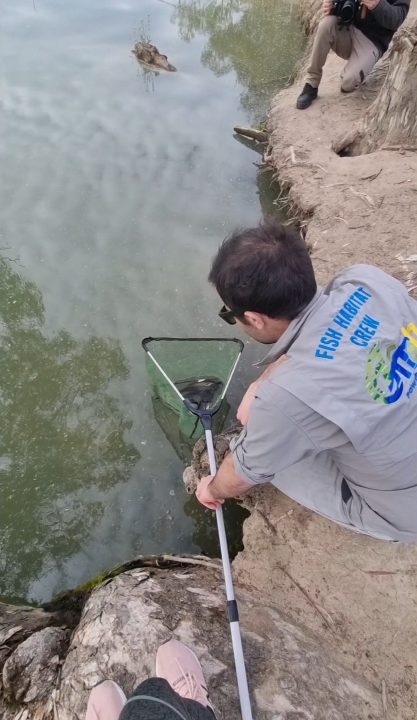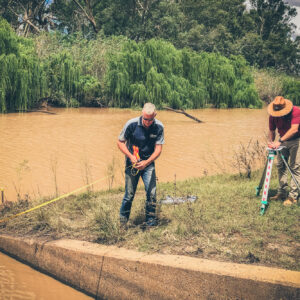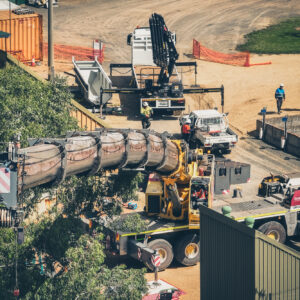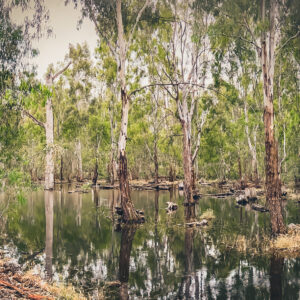Fish Rescue Mission – “Not under my watch”
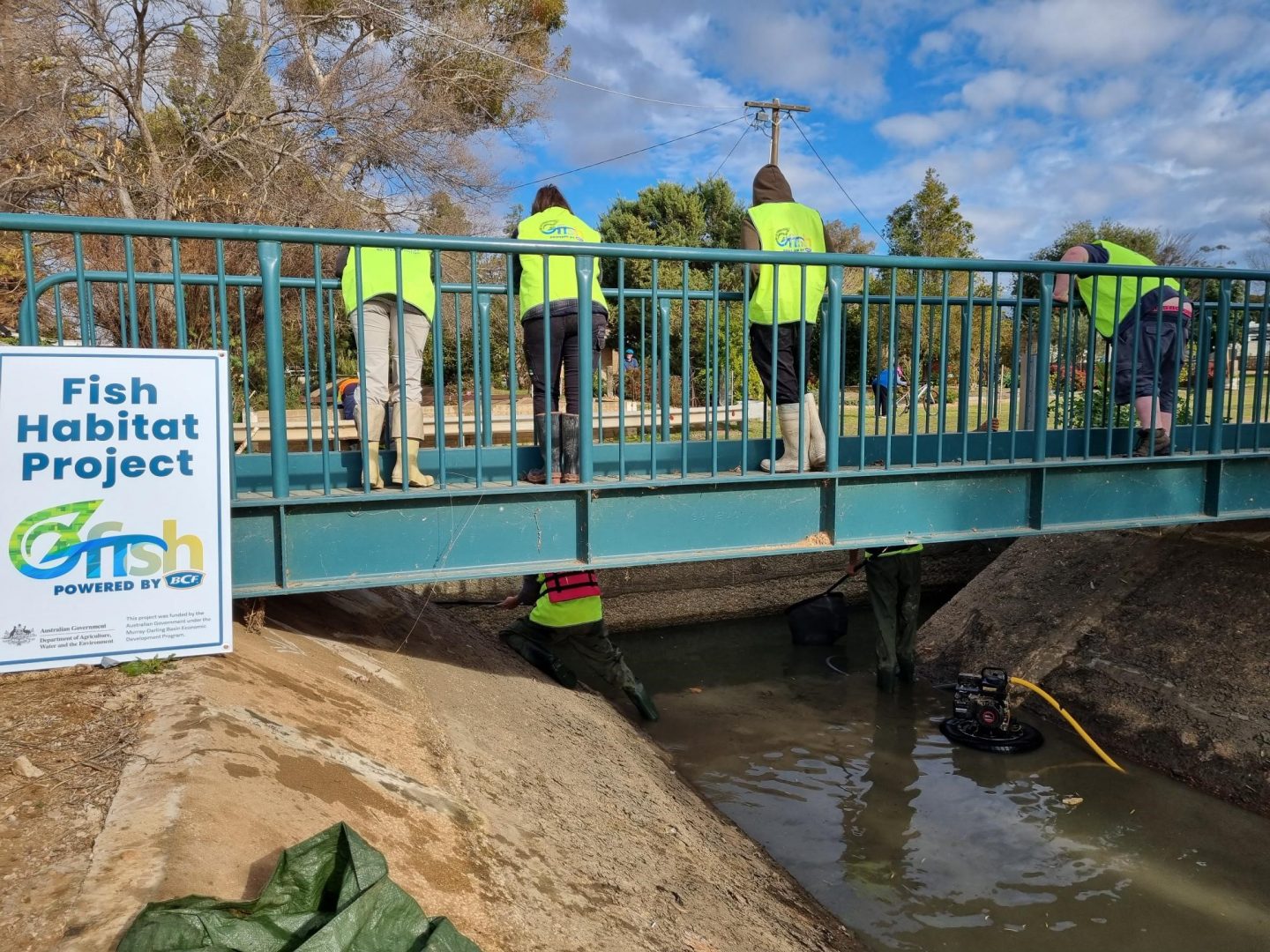
The sight of a living creature in avoidable danger triggers something primal in almost everyone’s neurology. Whether it’s a koala clinging to a bushfire-ravaged eucalyptus. Or ducklings crossing a road. Or fish gasping for air, your sense of empathy leaves you hardwired to react and protect. It’s this innate compassion and sense of duty to animals and the environment that was stirred up in the OzFish Unlimited volunteers when they were notified by concerned community members that there were native fish at risk. Braeden Lampard, OzFish’s Program Manager for the Murray Darling Basin, was told about native freshwater fish dying in isolated pools within channels that surround the Sunraysia region. At the time Braeden said, “there was no way these fish are going to die in this channel under my watch” and he knew exactly what to do. With a sense of urgency, he along with other OzFish volunteers immediately mobilised an urgent rescue mission. They worked around the clock for these creatures, many of which were threatened species that would have otherwise been left for dead.
THE ACTION PLAN
It’s illegal to relocated fish without permission from the relevant agencies and authorities. Braeden contacted the staff at the Victorian Fisheries Authority to fast track a fish liberation permits so that the team was able to begin the salvage operation before they perished. Since timing was critical, this was expedited, and several OzFish volunteers worked to capture the fish species using specialised nets. They then transported the fish in 800-1,000 litre water tanks fitted with aerators and bilge pumps to Kings Billabong Park, which is approximately 2-3km from the concrete drains. Fortunately, these tanks were already made to help with other fish rescues during the drought.

Nicholas Point Volunteers in action
THE RESULTS
The OzFish team and other volunteers successfully translocated 67 critically endangered, endangered and threatened large bodied native fish species. These included eel-tailed catfish, Murray cod, golden perch and silver perch out of one culvert. Native fish species like these were once widespread and abundant throughout most of the Murray Darling Basin and are critically important to a healthy ecosystem. However, they have now declined to very low numbers and have disappeared from much of their native range. These fish faced an imminent threat in the channels. The translocations to the more favourable habitats will enhance existing stocks of critical native species. It’s these types of translocations that work to naturally enhance our fishery and benefit future generations of Australians.
THE FALL OUT
Sadly, it is not all good news. Only a third of the fish were able to be rescued. Within the one culvert that the volunteers salvaged, there were 115 dead native fish, which included 113 eel-tailed catfish and 2 Murray cod. OzFish intends to work alongside local and state natural resource managers to discuss options to reduce those casualties in the future with appropriate pump and diversion screening. The battle for the health of all of Australia’s rivers and their wildlife is ongoing. Ours is an ecosystem that’s under constant threat. Were it not for the efforts of a dedicated few, it would have been lesser for it.
LEARNING FOR NEXT TIME
Many fish suffered and died in these channels while a solution to this situation is widely available. If the right fish screen was installed in the system they would not have been in the channel. A fish screen is a protective device created to stop fish from swimming or being drawn into a diversion. They are installed to supply debris-free water without harming aquatic life. This technology protects species that would otherwise be harmed or killed when passing through facilities such as farm irrigation water and municipal drinking water treatment plants. They create stronger ecosystems, healthier rivers, happier farmers, and greater fish stocks. It’s a short-term cost that pays for itself in the long term.
Missions like these don’t run on fresh air. This means they not only demand volunteers but they also need financing. Fortunately, the project was supported by our River Repair Bus (funded by Australian Government Murray-Darling Basin Economic Development Program), Victorian Fisheries Authority, Lower Murray Water and Sunraysia Institute of TAFE. Without their approvals and financial backing, these creatures would have been a lost cause
Visit the Fish Screens showcases section to gain the best-practises information around fish screen technology. They also help show you what options are available to your local environment. You can also visit OzFish Unlimited to find ways to volunteer to improve the health of the waterways near you.


